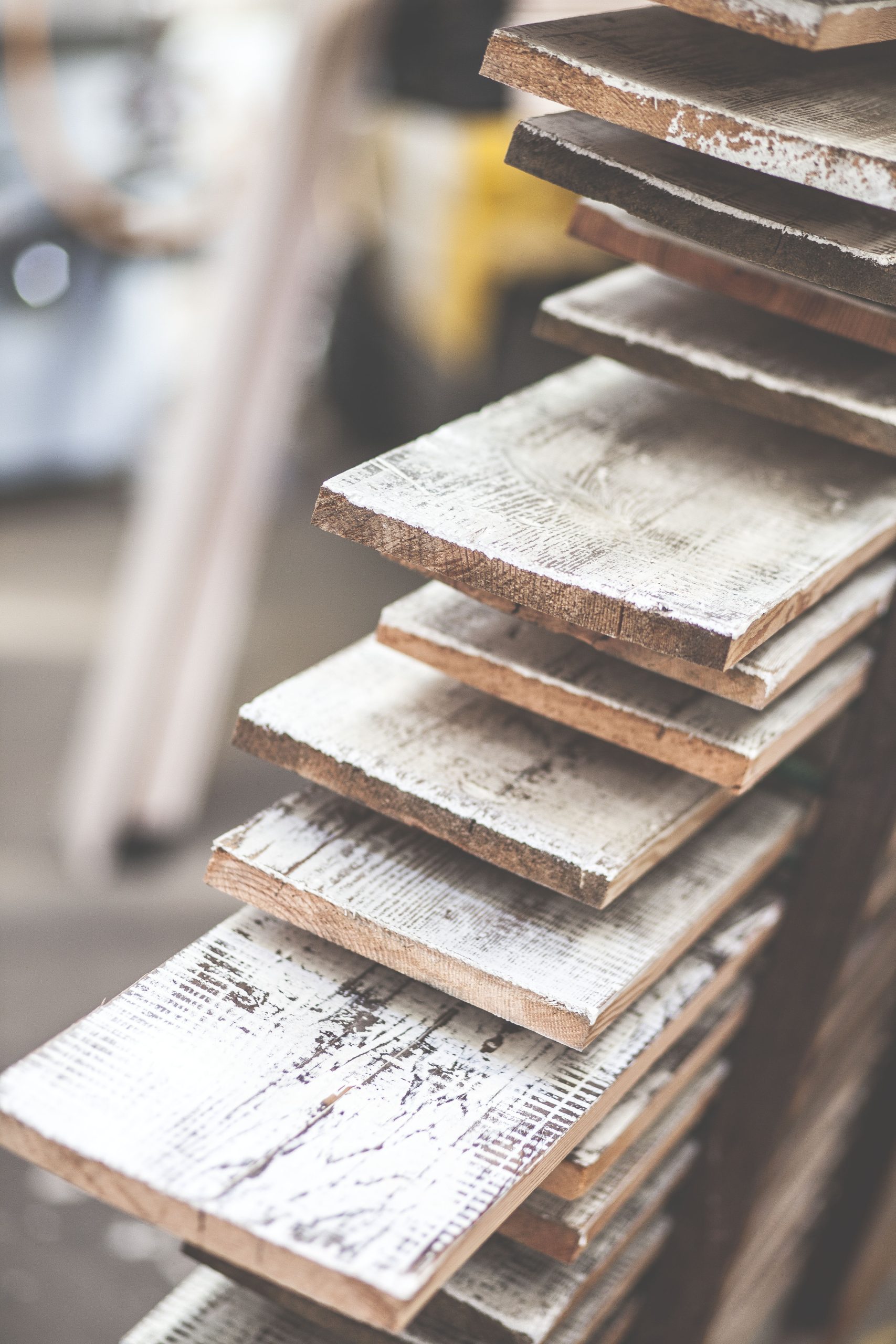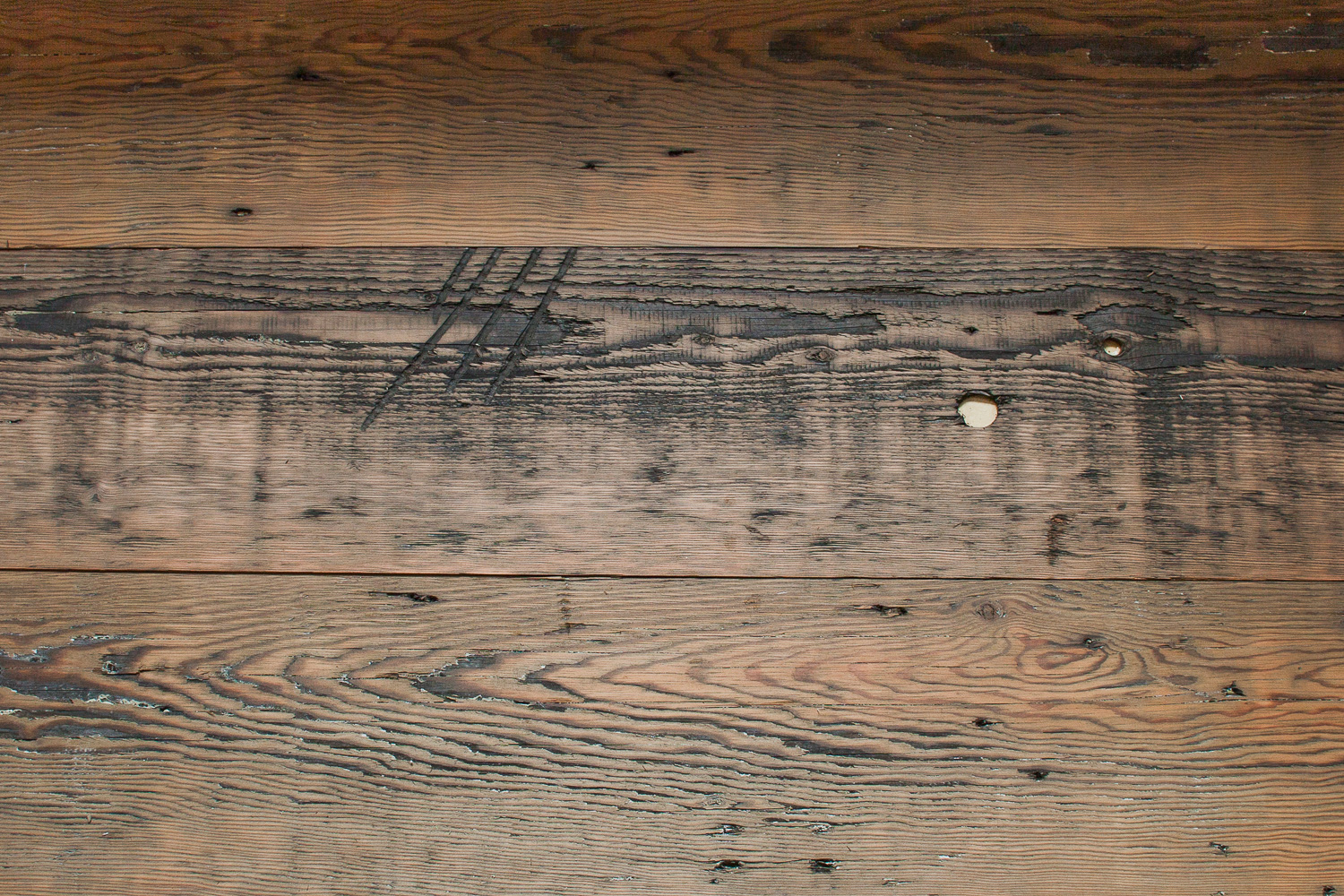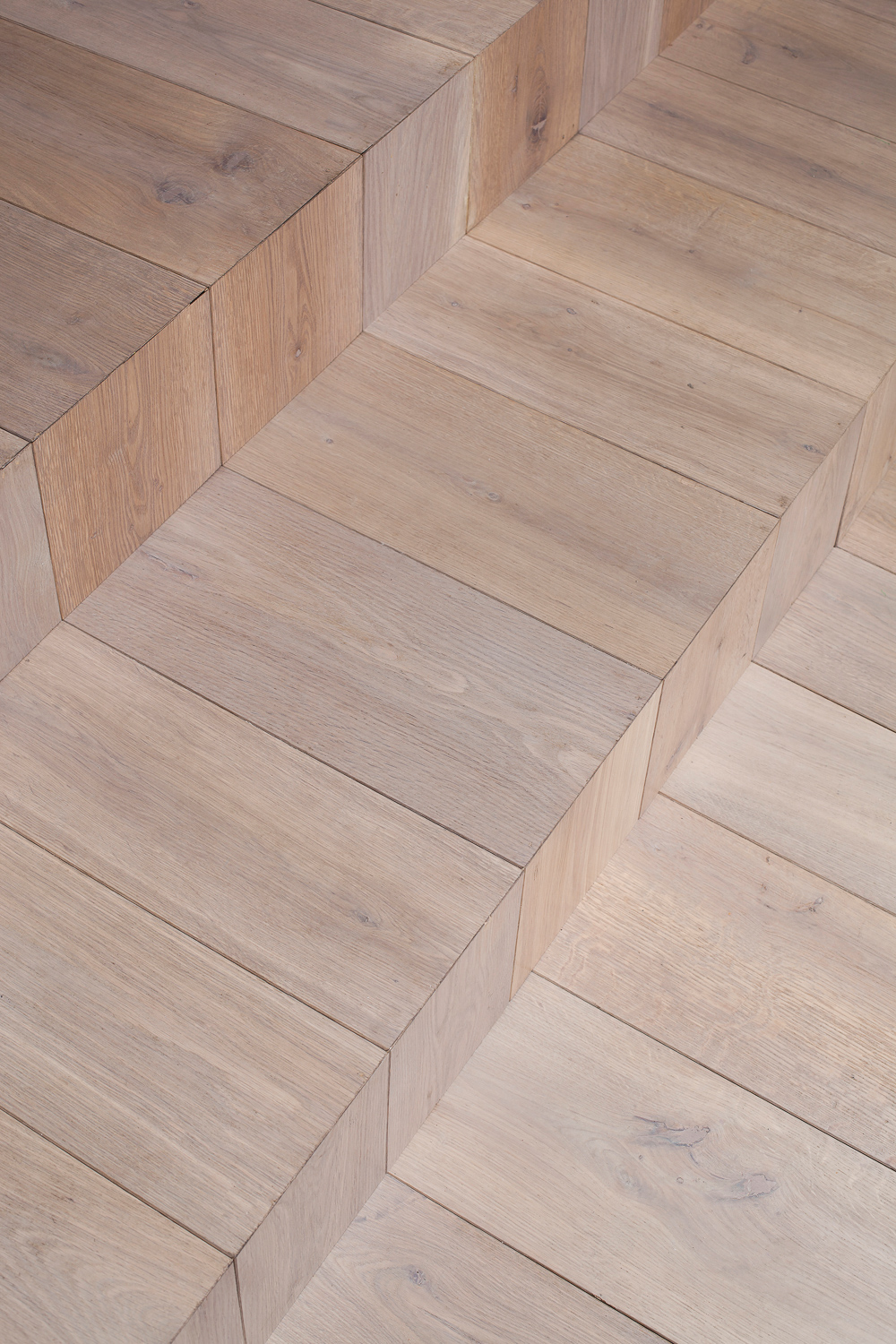
Wood grade shouldn´t be confused with quality, which refers to the end product after it’s undergone the manufacturing process. In other words:
- Grade is the natural look of the wood (knots, streaks, shakes, wane – i.e. all its natural features that haven’t been changed by man.)
- Quality is the finished wood after it’s been altered (length, width, depth, finish, colour)
So the two characteristics used to define wood are quite different. They can be mixed too.
For example, a lower grade wood can be manufactured to the highest standards and therefore deliver top-quality flooring, whilst wood of the highest grade, if poorly manufactured, will equally provide a poor quality floor.
What are the main Wood Grades?
The four principal grades used within the timber industry are A-D:
- A = Prime/Clear Grade
- B = Standard/Select Grade
- C = # 1 Common
- D = # 2 Character/rustic/sapwood/natural
Some Words of Advice
- The grade of the wood you buy for your wooden floor indicates its visual appearance. Wood grade shouldn´t be confused with quality, which refers to the end product after it has undergone the manufacturing process.
- The most cost effective way to improve a grade e.g. ‘A cleaner version of character grade’ is to buy more than 10% waste material, this way the floor can be graded while being installed. This would be more cost effective than paying extra for select grade for example.
[plugmatter_promo box = ‘1’]






